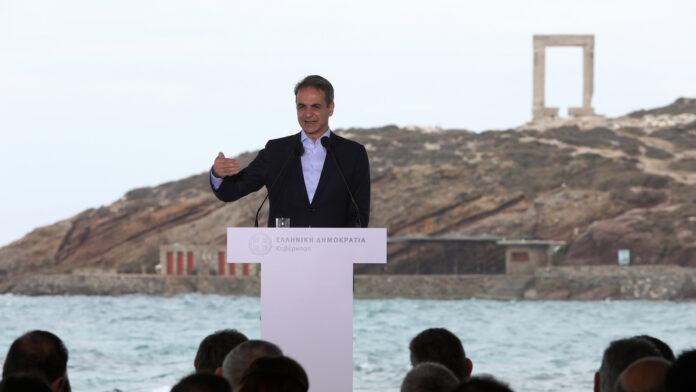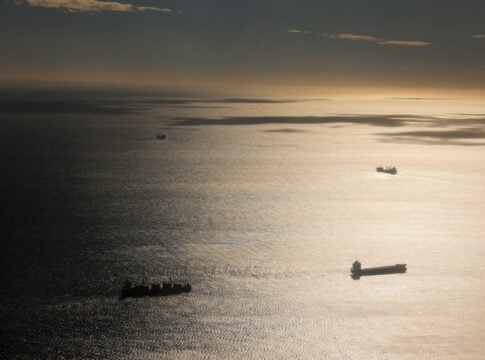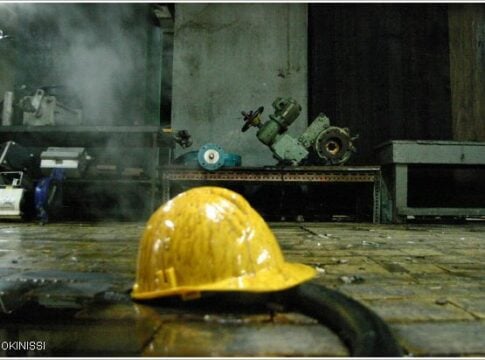The agreement for the establishment of the Islands Decarbonization Fund, a financial tool that will support the decarbonization of the Greek islands, was signed on Thursday in Naxos.
The relevant tripartite agreement was signed by the Ministry of Environment and Energy, the European Commission and the European Investment Bank, in the presence of Prime Minister Kyriakos Mitsotakis.
The Decarbonization Fund will finance sustainable investments to strengthen the energy autonomy of the Greek islands, by creating more resilient infrastructure, sustainable water management, promoting electromobility and the green transformation of agriculture, tourism and shipping.
The Fund will be financed by the revenues from the auction of 25 million Emissions Trading System (ETS) allowances, currently estimated at a total of 1.6 billion euros, while the specific actions will have to be concluded by the fourth quarter of 2032.
According to the Ministry of Environment and Energy, the Fund is estimated to mobilize investments of 3.8 billion euros for the period 2025-2032. If the forecasts for the increase in the price of rights are taken into account, in the next 2 years, when our country’s emission rights will be auctioned, up to 1.5 billion euros in subsidies and 3.5 billion euros in total investments can be added to these amounts, respectively.
The investors who will undertake to implement the projects can receive financing of up to 60% from the Fund. The Strategic Contracts Unit (PPF) of HRADF has undertaken the project management, as it was designated by the Government Committee as the body responsible for maturing the projects, conducting tenders and monitoring the execution of the contracts.
The three pillars
The Islands Decarbonization Fund is based on three main pillars:
1. New Renewable Energy Sources (RES) installations
At least 50% of the Fund’s total budget concerns projects for the development of RES and storage systems on the islands, which will be implemented within the framework of this pillar.
According to the Ministry of Environment and Energy, eligible projects include small investments aimed at self-consumption of homes and businesses, as well as larger ones, such as hybrid energy production systems that combine RES with storage systems. Emphasis is also placed on financing the development of offshore wind farms.
2. Island interconnections
Under the second pillar, island electricity interconnection projects will be financed. Among them is the Dodecanese electricity interconnection, while at the same time the completion of individual Cyclades interconnections is being accelerated.
3. Facilities to increase the penetration of RES
In the third pillar, resources will be directed to the development of cold-ironing systems in island ports, with the aim of supplying ships with electricity while they remain in port, as well as to the development of charging infrastructure for electric vehicles on the islands. Important projects of the third pillar also concern the construction of reservoirs on the islands, which simultaneously aim at both electricity generation and storage as well as at better management of the islands’ water reserves.
Actions that have been prioritized
The actions that have been prioritized for implementation, according to HRADF, concern the following:
-Photovoltaic systems in combination with battery energy storage systems for energy autonomy
-Hybrid RES systems
-Offshore wind farms and island interconnection
-Installation of autonomous storage systems
-Desalination/Pumped storage/dams/multipurpose reservoirs
-Interconnections and electrical infrastructure in the Dodecanese
-Underwater island interconnections in the Cyclades and Dodecanese
-Infrastructure for electrifying docked ships from land (cold ironing)
-Electric vehicle charging stations














